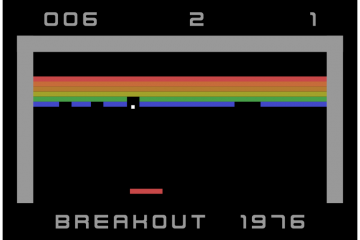When things began to shut down during the initial threat of the COVID-19 pandemic, many people were hesitant to go full remote. Perhaps it was a lack of trust. Maybe you actually needed to be present to fully achieve everything you need to do. Some people even had a bad taste in their mouth from past work from home experiences.
Whatever it was, eventually that all melted away and people were thrust into a full time remote position, often with no guidance, and expectations of normal output. If you are one of the people put into this position, you were set up to fail.
That first day at home was probably an adjustment. You may have tried to make your house feel similar to your office space (and soon realized that you were lacking all of the amenities you previously had). Or maybe your kids were home from school and you needed to play part time baby sitter while sitting in front of your computer. But one thing that most likely didn’t change was the expectation for your schedule and availability.

“9-to-5” has become so ingrained into life as an office worker that it only makes sense that we tried to adhere to the same schedule in the midst of a major transition such as this. I think everyone has seen the photos of people grappling their shower rod – mimicking their subway journey – in hopes of maintaining their “routine”. The truth is, it’s almost necessary to establish a new routine in these times. What you likely found is that you were ready to start working earlier, or even completely different hours based off what was easiest and most comfortable. That is an important adjustment to make. However, even with this new routine it can still be hard to get back to the normal level of output that you have become accustomed to. And it’s also likely that your manager has not adjusted their expectations either.
This situation puts an added stress on effective communication. Many office workers are used to addressing issues face to face with colleagues in their office. After all, it’s easy enough to take a stroll over to someone else’s desk and exchange the info that is needed. It also is a welcome break for those who sit in front of our screen all day. In this new scenario, there are no breaks to go chit-chat with someone in the break room or to get the update you need from Steve on that ticket that you have been working on together.

All communication is now digital and whether that means a Slack PM or channel, a zoom meeting, or a phone call, the expectation for availability has not really changed. Some managers may take it the wrong way if they try to call you and you do not respond because you were making coffee in the other room or performing some other necessary task. Often the worst will be assumed when you aren’t available for a brief window.
On the other hand some people are very inefficient with this type of communication and are spending 4 or more of their hours tied up in meetings and then expected to produce normal work right after that. Most of the time it is just a struggle to maximize one’s potential and time spent. An intrusive call or meeting goes directly against that effort (this can happen in office too).
The fact of the matter is that almost nobody is working at 100% capacity right now. There is always some sort of distraction lurking around the corner. The news of the day creeps in, you might wonder what is the most reasonable time to go out to get groceries. You might have young children making a complete mess of your house and screaming in your ear from sun up to sun down. All of these are totally real scenarios, but if management is just looking to see if that green status dot is on next to your name in Slack it’s likely that things can and will go south quickly.
While we at Telescoped advocate for remote workers and insisting that the talent around the world can be just as high quality when fully remote, the important characteristics we look for are autonomy and trust. It’s not just the experience and talent of the developers working remotely that factor into the equation (but they are important). Companies need to have the mindset required for dealing with the relationship between both parties. There is an important give and take that if not handled properly can easily cause friction that can ruin the experience.
If you are an office worker or the owner or leader of a company that has implemented this WFH system, don’t let it leave a sour taste in your mouth. There is one thing to keep in mind. This is not standard remote work. This is remote work during a pandemic. It may seem the same, but it is very different. Keep in mind that you don’t know what other people are trying to juggle while adjusting to a new normal for both work and life. And as always, stay safe!




1 Comment
Erik Haan · April 30, 2020 at 11:57 pm
Good post, Nick! Spot on.